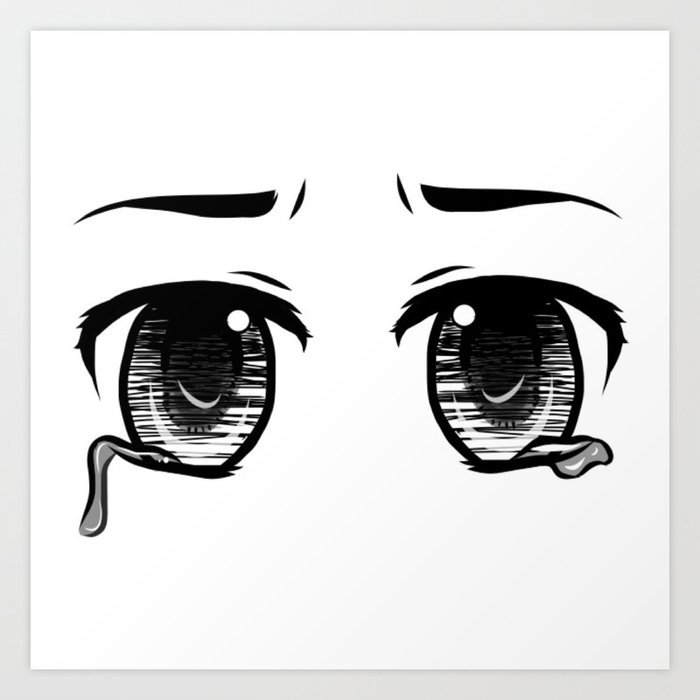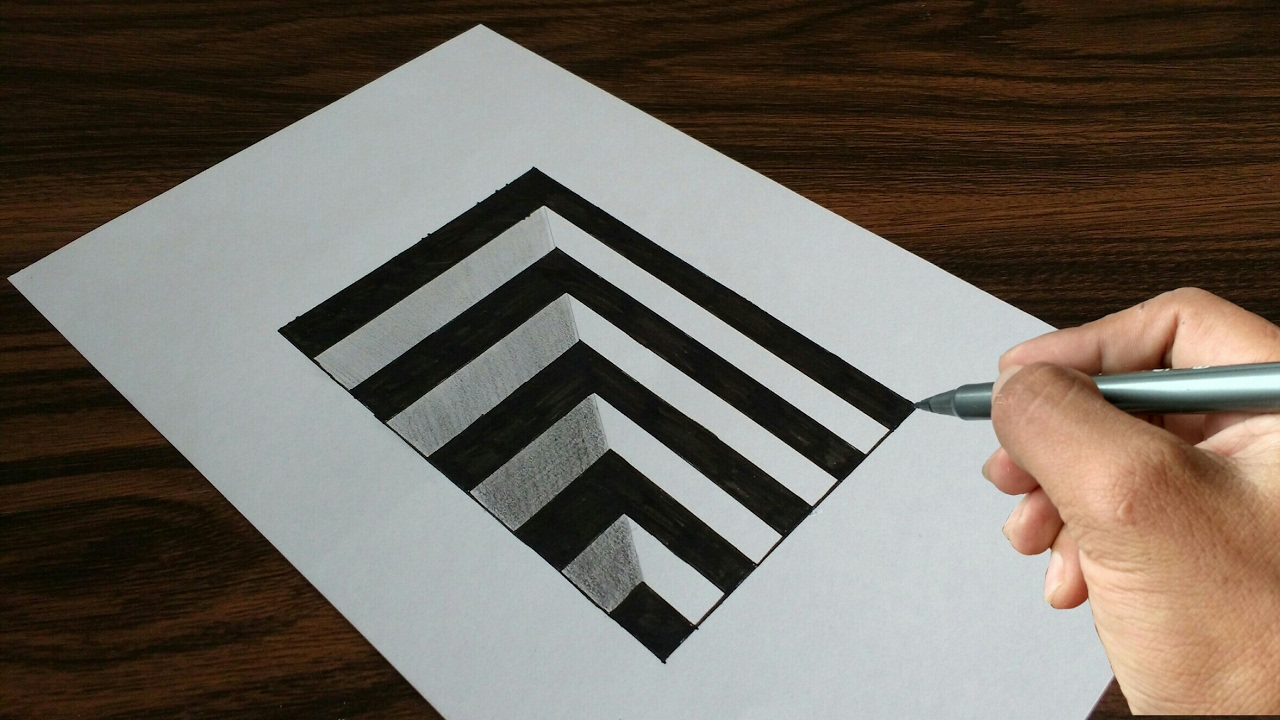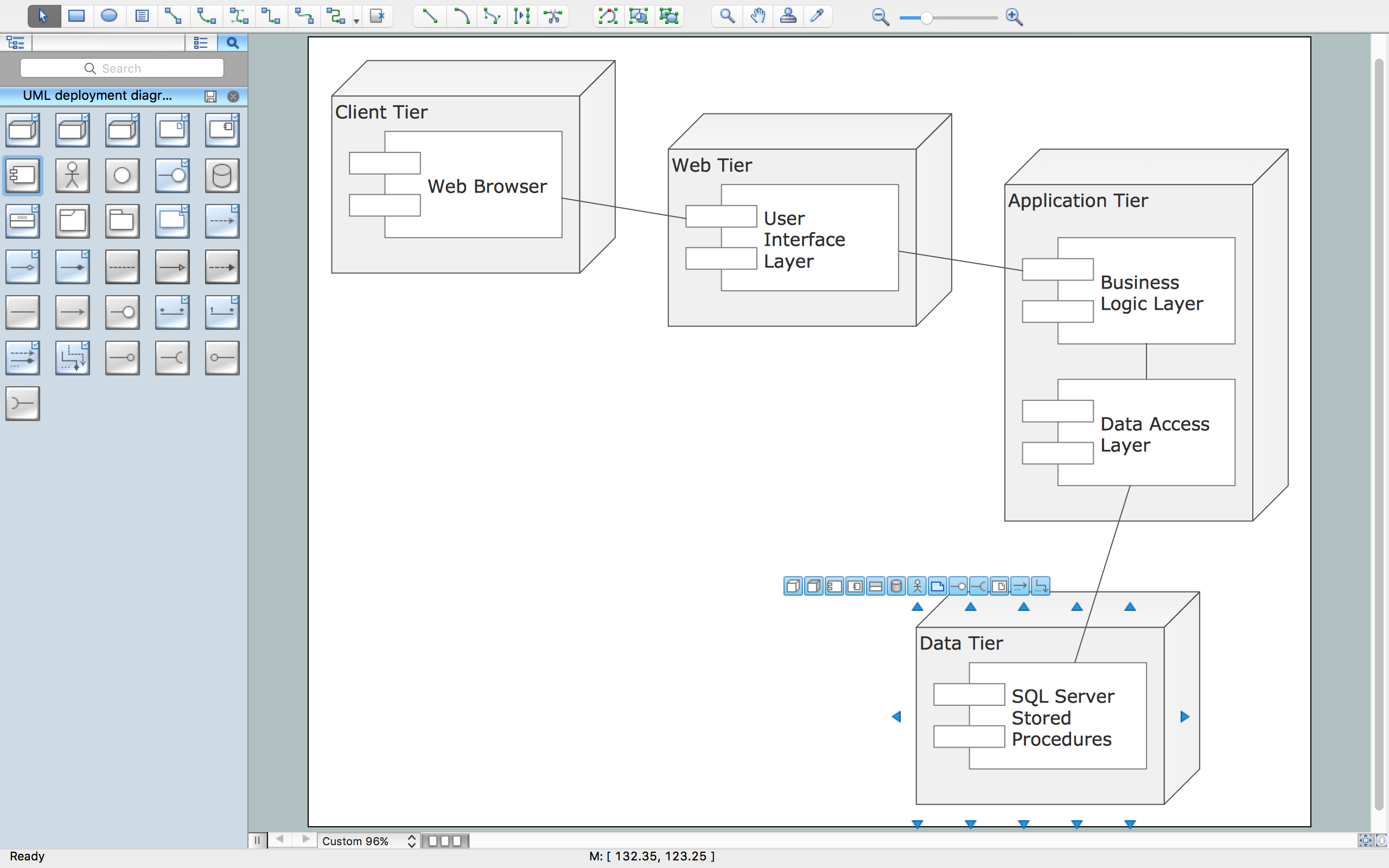Smart ideas on how to draw realistic drawings
Table of Contents
Table of Contents
Are you tired of drawing cartoonish figures and want to learn how to draw real? Do you wish to capture the essence of the subject in your drawing with intricate detail and lifelike features? Look no further, as we provide you with the ultimate guide on how to draw real in easy-to-understand steps.
The Pain Points
Many aspiring artists struggle with creating realistic drawings due to the complexity and level of detail involved in the process. They often get discouraged with their artwork when it doesn’t resemble the subject as they intended. Fear not, as with practice and patience, one can overcome these obstacles and perfect the art of drawing real.
How to Draw Real: The Ultimate Guide
The first and foremost step in learning how to draw real is to observe the subject closely. Take time to study its features, shadows, and highlights to understand the subject’s overall structure. Once you have grasped the initial structure, start with simple outlines to help you define shapes and create accurate proportions. After you have laid out the foundation, start adding details while simultaneously building layers of shading and texture to create depth and realism in your artwork.
Keep in mind that drawing real is an art form and will require time and practice to perfect. Don’t expect immediate results, but instead, focus on improving with every attempt. Drawing real requires a combination of technique, skill, and creativity, all of which take time to develop.
Summary of The Ultimate Guide
Learning how to draw real involves observing the subject closely, creating simple outlines, adding details, and building layers of shading and texture. The process takes practice and patience, and it’s an art form that requires a combination of skill, technique, and creativity.
Personal Experience
When I first started drawing, I was drawn to creating cartoonish figures, which were relatively easy to get right. However, as I evolved as an artist, I wanted to challenge myself further and learn how to draw real. I started by studying the proportions of the human figure and understanding the unique features that make each person unique. I then began creating simple outlines to help me map out the proportions accurately, adding layers of shading and texture to create depth and detail in my artwork. It took me several attempts, but as I continued, I saw marked improvement in my drawings, and I felt proud of the progress I had made.
Another technique that helped me was using reference material to enhance my understanding of the subject. I would study pictures of people, animals, and objects and try to replicate them on paper. It was through this process that I honed my craft and learned to draw real.
Practice makes Perfect
As I mentioned before, practice is essential in learning how to draw real. Regularly practicing different subjects and methods will help you improve your technique, allowing you to explore new styles and formats. Try drawing subjects with different textures and imagining them in different lighting conditions to create variation in your artwork. As you continue to draw and explore, you will only get better and open doors to a whole new world of creativity.
Creating Realistic Portraits
When it comes to drawing real portraits, it’s crucial to capture the subject’s facial features accurately. Begin by sketching the basic shape of the head, then the eyes, nose, and mouth. Pay attention to the direction and angle of the light source to create shadows that add depth and dimension to the portrait. Finally, create texture and shading using blending tools such as smudging and cross-hatching to achieve a realistic and lifelike portrait that accurately reflects the subject’s facial features.
Question and Answer
Q:
What tools do I need to start drawing real?
A:
All you need is a pencil and paper to start. As you progress, you can experiment with different mediums such as charcoal, watercolors, or pastels.
Q:
What are some tips for shading?
A:
Start with light strokes and gradually build up to darker shades. Experiment with different hatching and cross-hatching techniques to create texture and depth.
Q:
How do I improve my accuracy and proportions?
A:
Practice makes perfect! Use reference material, such as photographs, to help you understand the subject’s proportions accurately.
Q:
How do I create depth in my artwork?
A:
Use shading and texture to create depth and variation in your artwork. Pay attention to light sources and create shadows that enhance the artwork’s overall structure.
Conclusion of How to Draw Real
In conclusion, learning how to draw real requires practice and patience, but it’s a rewarding art form that can open up new avenues of creativity. By observing the subject, creating outlines, and adding layers of shading and texture, you can create lifelike and realistic artwork that accurately reflects the subject’s features. So grab your paper and pencils and start your journey to drawing real today!
Gallery
Realistisch Tekenen - WikiHow

Photo Credit by: bing.com / sedang orang melukis realistisch
Smart Ideas On How To Draw Realistic Drawings - DrawingClassroom
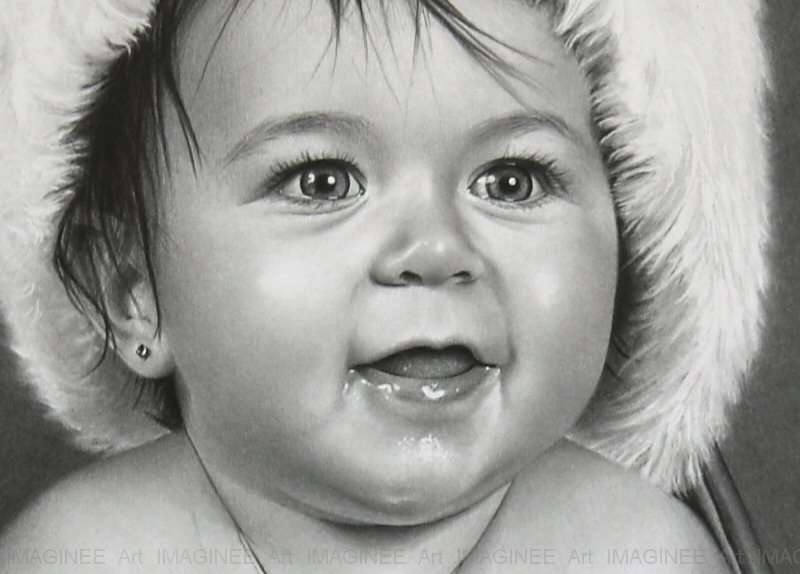
Photo Credit by: bing.com / realistic drawing drawings face baby draw pencil hyper cute still bad realism young artist hyperrealistic lifelike
Download Real Drawing Pictures – Special Image

Photo Credit by: bing.com / jussie
Draw Real People! (Discover Drawing) | North Light | 9780891346579
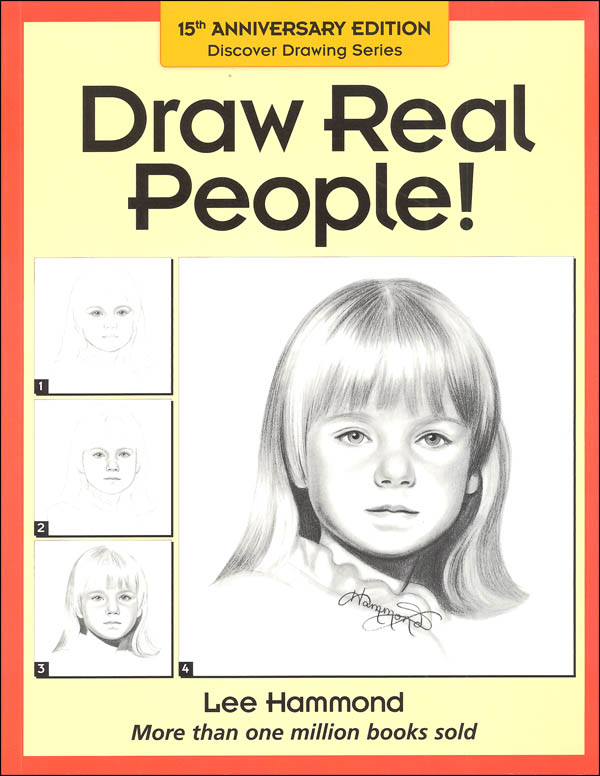
Photo Credit by: bing.com /
Realistic Face Drawing Step By Step

Photo Credit by: bing.com / realistic face drawing step draw tutorial ts don faces sketch tutorials hildurko drawings portrait choose board pencil
